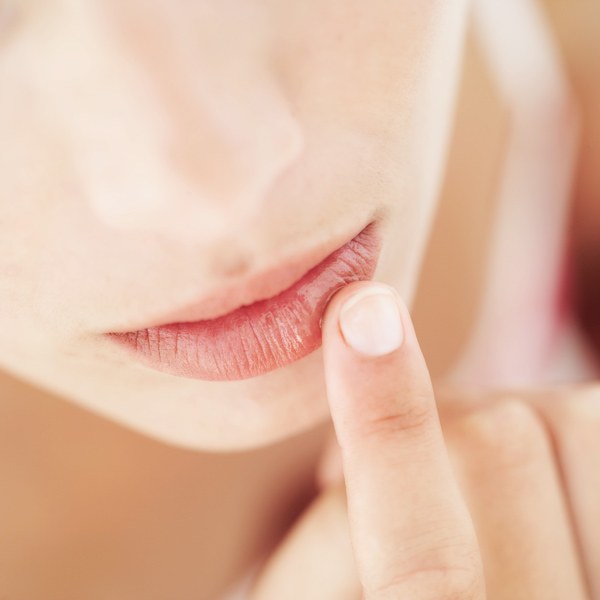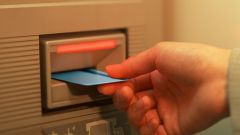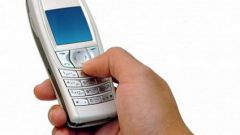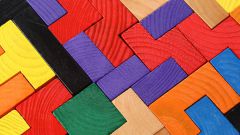Instruction
1
Cyanosis of nasolabial triangle – a frequent companion of various pathologies of the respiratory and circulatory system in adults and children. Tests when cyanosis show increased level of restored hemoglobin in the blood to 50 g/l. This symptom can be a sign of asthma or pneumonia and other acute respiratory diseases. Often cyanosis occurs when diphtheria croup, angioedema, epileptic seizure, thrombophlebitis. Bruising nasolabial triangle common in shock States.
2
Cyanosis develops when the violation of gas exchange in the lungs, when the arterial blood accumulates excess carbon dioxide. Also bluish discoloration of the skin can be caused by embolism and asphyxia the pulmonary artery. In this case, the patient requires urgent medical attention, as these pathologies are deadly for life.
3
If acute cyanosis, occurring in seconds, requires an immediate call to the physician, in chronic diseases of the cardiovascular and respiratory system, cyanosis may develop gradually. Bruising nasolabial triangle characteristic of heart failure, congenital heart disease, impaired circulation.
4
The skin in the area of nasolabial triangle may turn blue from hypothermia. This condition is not dangerous to health and life, so the disappearance of the symptom you just need to go from a cold to a warm room.
5
Special attention deserves the cyanosis of nasolabial triangle in newborns. If there is such a symptom of the child should be evaluated by a neurologist and have an ultrasound of the heart. Bruising nasolabial triangle in children occurs due to a lack of well-formed circulatory and respiratory systems, and in the absence of other pathologies, this symptom is temporary. A healthy child cyanosis takes place after some time, when normal blood circulation. However, cyanosis of the baby is the indication for diagnostic procedures, as it may indicate respiratory failure or heart disease. To reduce the lividity of the skin kids administered oxygen therapy, walks in the fresh air and have a massage if the symptoms are not accompanied by any diseases. If the child has been diagnosed with heart disease, need medication or surgical treatment.









